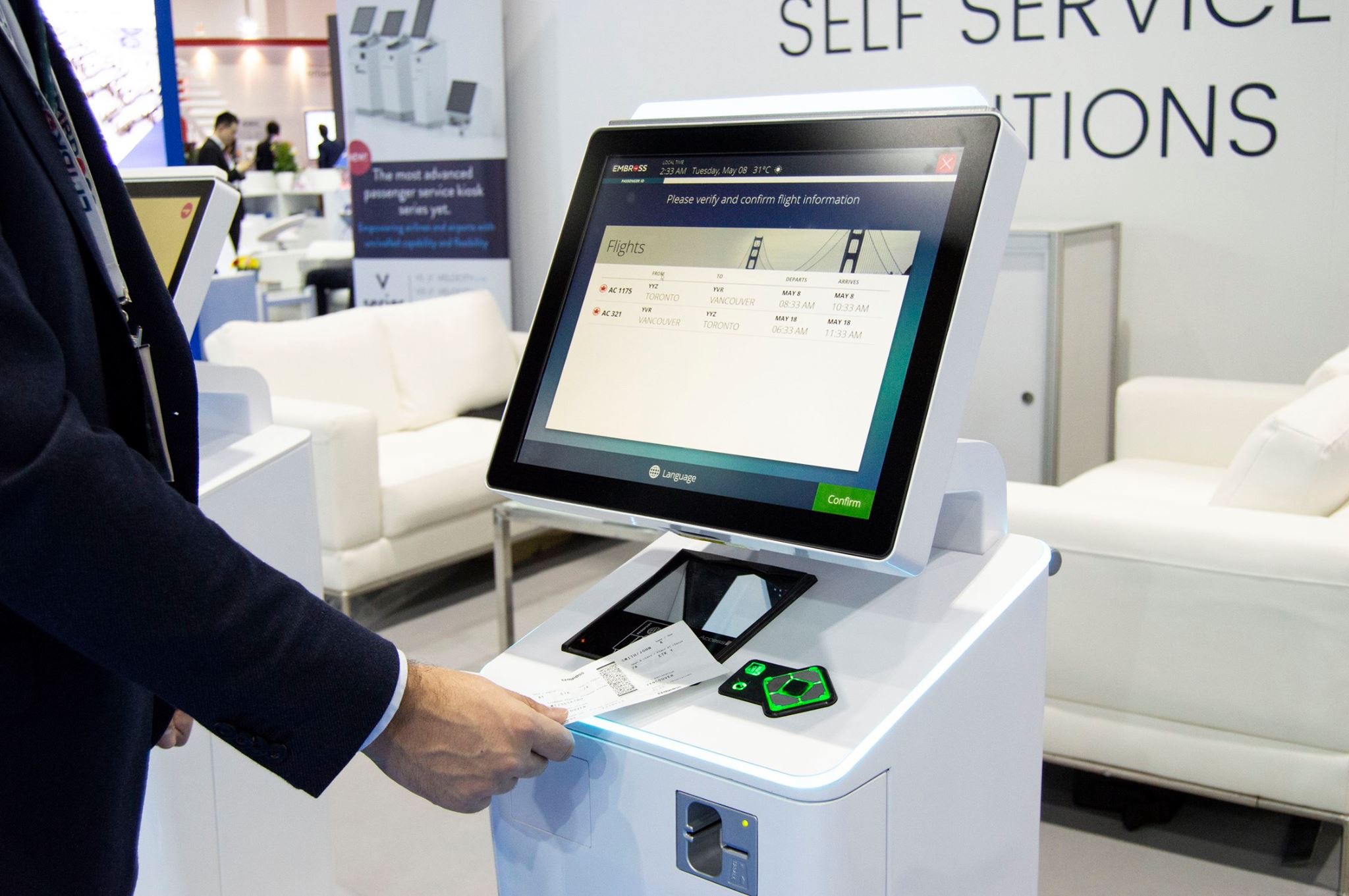Contactless technology is defining the passenger experiences at an increasing number of airports across the world after the 21stcentury’s second pandemic turned the world of travel upside down and rapidly accelerated the pace of biometric deployment.
Biometrics remain the focus for investment with 64 per cent of airports aiming to roll out self-boarding gates using biometric and ID documentation by 2023. Contactless technologies have proven to be a game-changer as a 2020 report by SITA on Air Transport IT Insights revealed and airports have accorded high investment priority for touchless technology between now and 2023.
Emirates has unveiled a biometric path at DXB for contactless journeys. Kuala Lumpur has installed UV tunnels to automatically disinfect baggage as it passes through the conveyor belt. San Diego Airport is utilizing advanced video analytics for social distancing and mask compliance. IATA is trailing a system that enables passengers to find information on travel, testing and vaccine requirements for their journey. Transport Security Administration (TSA) explores the use of UV-C light to disinfect security checkpoint bins in the US.
Touchless technology will help minimise the spread of viruses and reduce the interaction between passengers and staff through contactless check-in, security processes, inflight entertainment and food and beverage pre-ordering.
Essentials for travel now include contactless kiosks, Passenger Reconciliation System (PRS), contactless payments at the airport and mobile apps. Abu Dhabi-based Etihad became the first airline to trial new contactless self-service technologies that can estimate a passenger’s vital signs and allows touch-less health screenings at airport kiosks and bag drops. Self-service technology, predictive analysis, artificial intelligence, real-time information and data-sharing are among the digital concepts airports are deploying now to achieve a seamless passenger experience.
According to the Airports Council International (ACI), customer experience is fast becoming one of the most important tools to differentiate airportsfrom their competitors. The link between emotion and memory explains the importance of an airport to deliver an emotionally enriched experience to surprise the customer. Airports are determining their approaches to enhancepassenger experience once the pandemic subsides and create an environment that will positively impact the confidence to travel, loyalty, retention and deliver increased satisfaction.
Emirates, the world’s largest international airline, has launched facial recognition checkpoints that give passengers a ‘touchless’ transfer through Dubai International. The carrier integrated a “biometric path” into its facilities at DXB for passengers to have a contactless experience when travelling through its terminals. The innovation is aimed at improving traveller flow through the airport by requiring fewer manual document checks and less queuing. The biometric path uses a mixture of facial and iris recognition technology to create a more hygienic, contactless way to move through the airport, by reducing human interaction throughout the process.
Dubai also has in place the world leading passport control facility launched by the General Directorate of Residency and Foreigners Affairs in Dubai (GDRFA-Dubai) in partnership with Emirates. The Smart Tunnel lets passengers simply walk through a tunnel to be cleared by immigration officials without human intervention or needing a passport stamp. Emirates is also the first airline outside the US to get approval for biometric boarding and its passengers flying to the US are able to choose to use facial recognition technology at departure gates.
This May,contactless technology will be a key attraction at the world’s largest B2B airport show, held in Dubai annually.Daniyal Qureshi, Group Exhibitions Director at Reed Exhibitions Middle East which is organising the 20thedition of Airport Show from 24-26 May at Dubai World Trade Centre (DWTC), says the trend for a contactless passenger experience in airports has rapidly accelerated after the pandemic and several airports including Dubai International stand out. At the world’s largest annual airport event, the latest contactless innovations and airport digital transformations will be at the centre of the eventexperience this year.
Held under the patronage of His Highness Sheikh Ahmed bin Saeed Al Maktoum, President of Dubai Civil Aviation Authority, Chairman of Dubai Airports and Chairman and Chief Executive of Emirates Airline and Group, the Show will take place across 12,000 square metres of exhibition space with participants expected from 90 countries as the world returns to normalcy. It will have three co-located events: Global Airport Leaders Forum (GALF), ATC Forum and Airport Security as well as two new conferences focusing on Airport Passengers’ Experience and Airport Digital Transformation.
Dubai Airport, the world’s number one airport for international travellers for the seventh consecutive year, leads in terms of safety and security with the increased use of touchless technology. Airport passengers in DXB are being offered the chance to use their eyes to confirm their identity without the need to show any documents. The system helps control the spread of the new coronavirus as it does not require airport passengers to have contact with other people as it uses a biometric method. The system takes only five to six seconds to complete the scanning process. Due to the Covid-19 pandemic, airport operators now face new challenges in minimizing personal contact, reducing crowds, limiting common access to high-touch surfaces, and preventing terminals from becoming potential virus breeding grounds.
Airport terminals can no longer have packed check-ins; passengers sitting shoulder-to-shoulder at gate lounges and jostling crowds at baggage carousels. Technology and real-time monitoring hold the answers to managing social distancing and minimising risks in the new normal. Reducing human and surface contact is the key in the short term as airports across the world slowly begin to unlock. The global smart airport market size is expected to reach about US$26 billion by 2025, according to a research study. The global airport services market size is projected to reach US$232.88 billion by 2027. About 97 percent of airlines are working on mobile applications as all essential customer services become contactless. Automated biometric boarding gates are considered a priority by 58 percent of airlines, and are a focus of 64 per cent of airports for both border checks and flight boarding.




